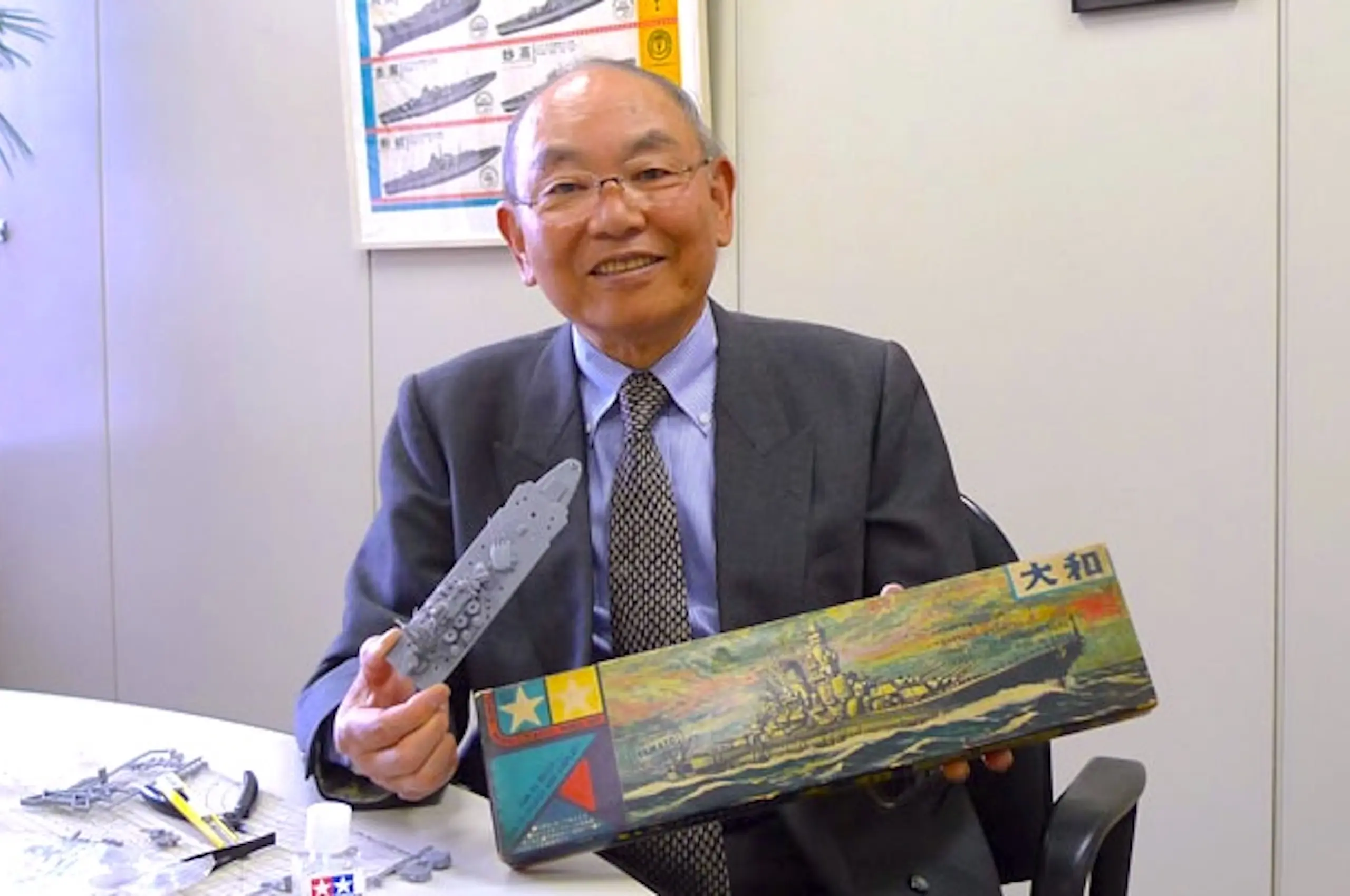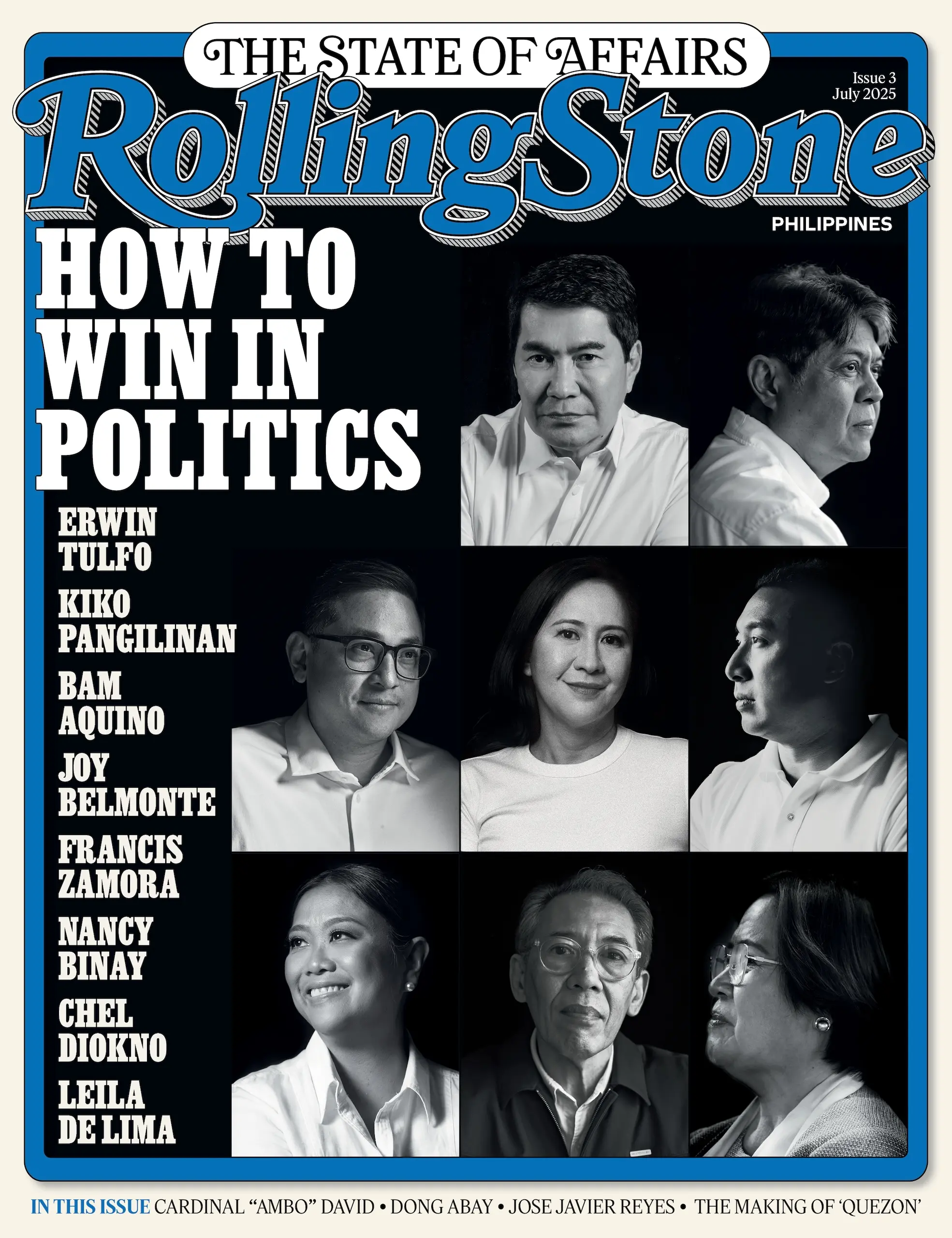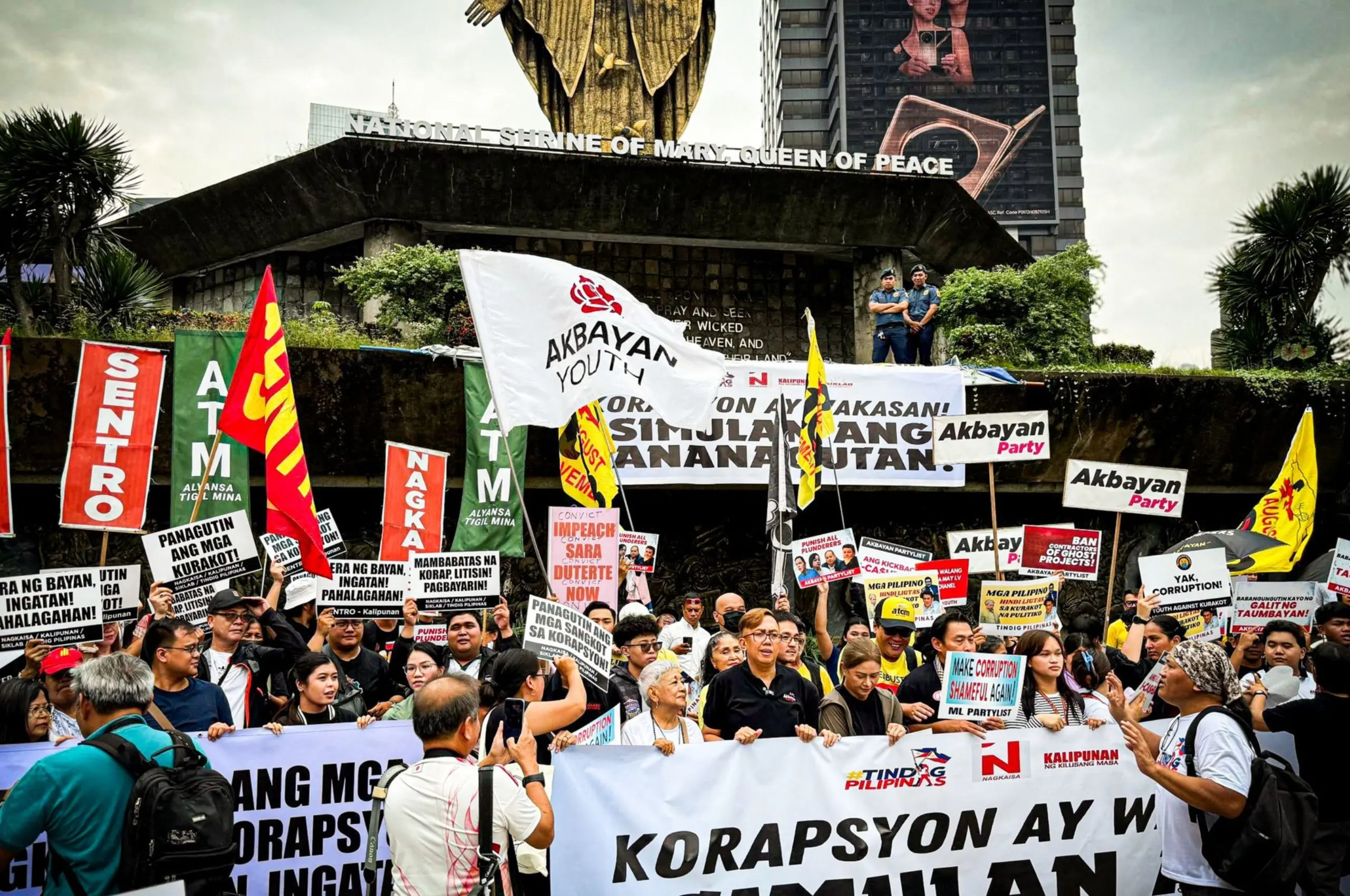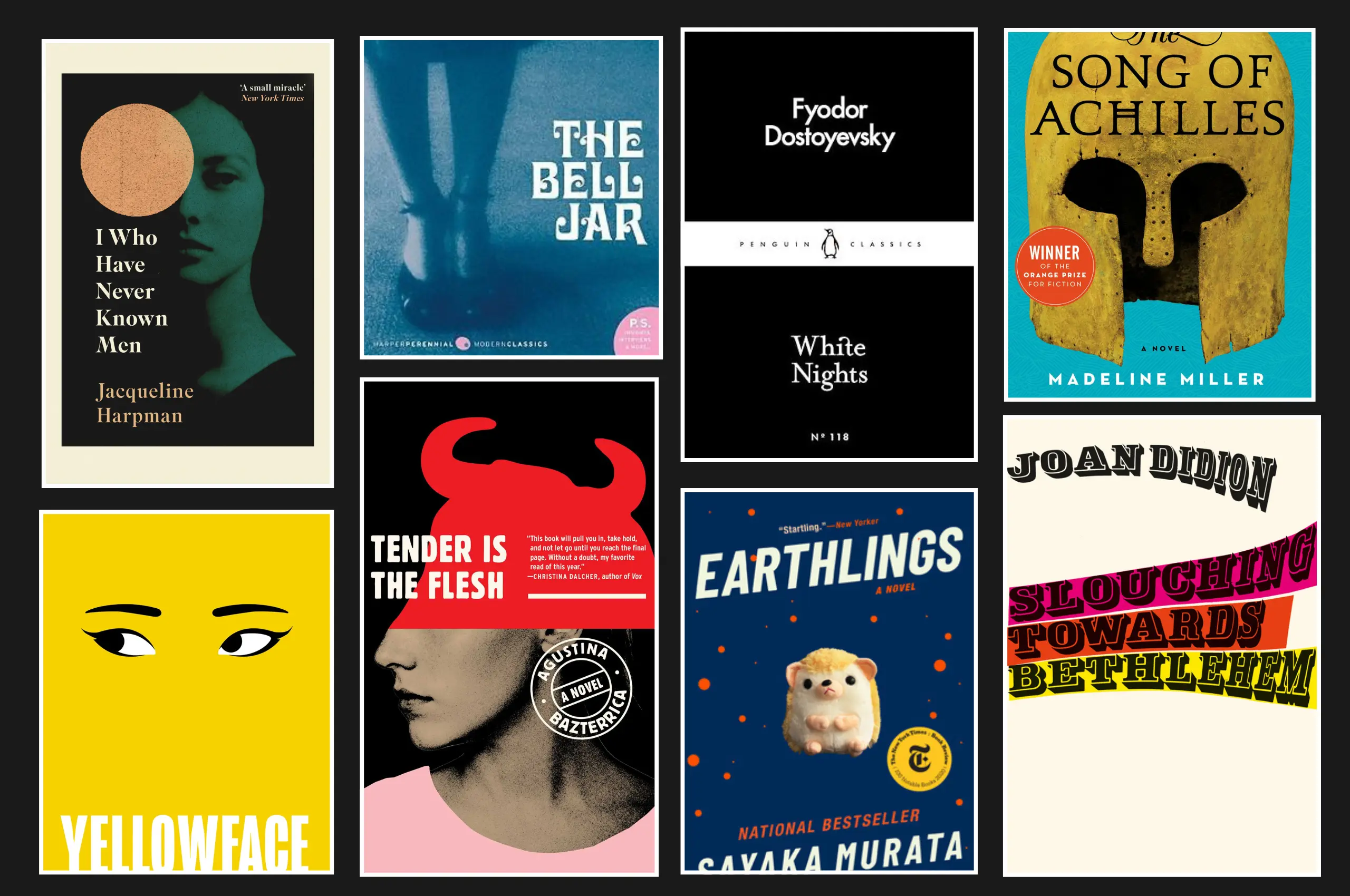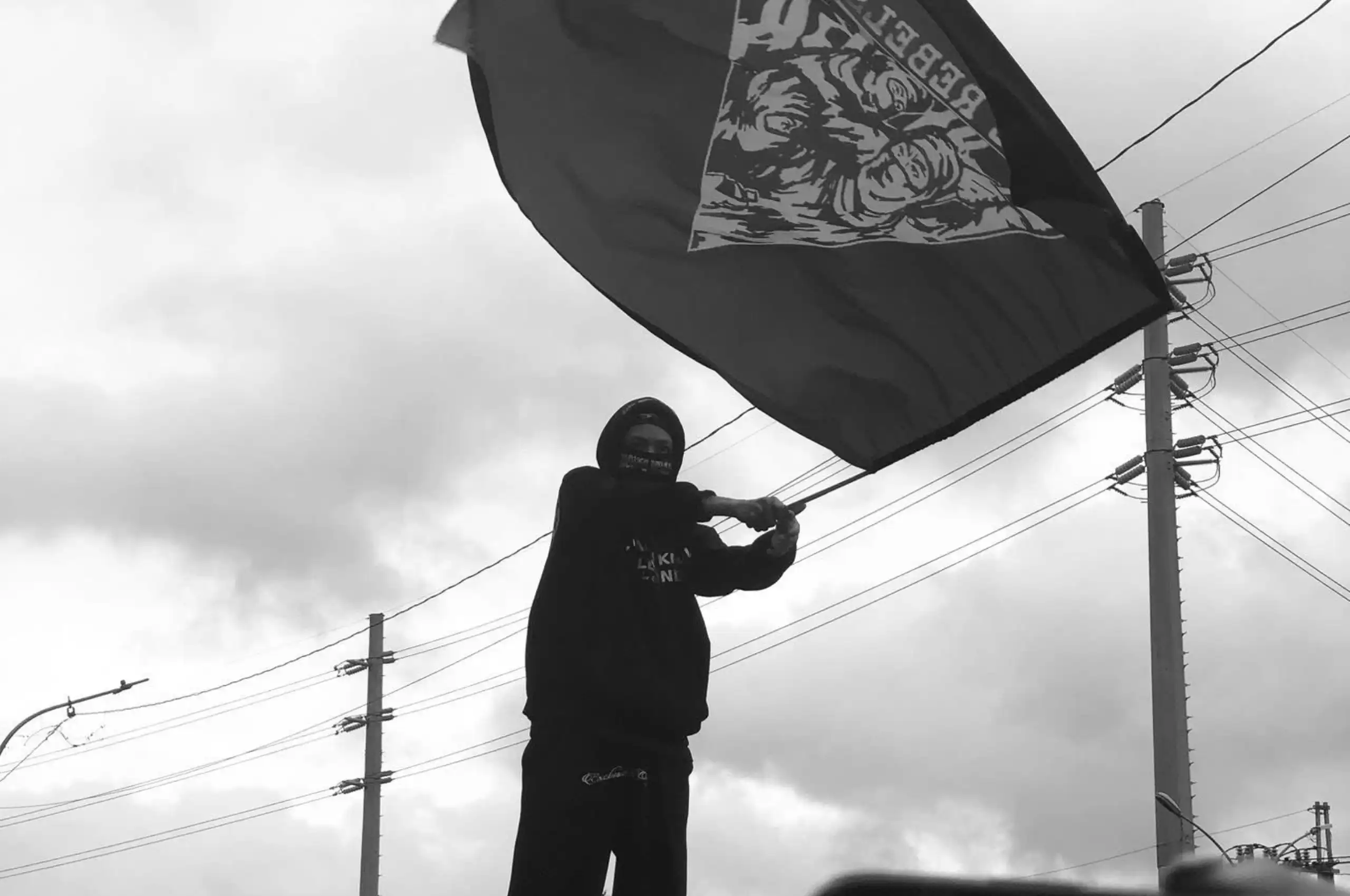When Shunsaku Tamiya, the force behind the Japanese toy car company Tamiya Corporation, was just a child, he’d already fallen in love with making car models. “You can’t understand how excited I was to see the model I made running,” Tamiya once said at a Shizuoka hobby show. “I was in the fifth grade of elementary school when the war ended. I made the motor myself using dry batteries and I was so satisfied when I hooked it up and started swinging it.”
Tamiya, who turned his family business into a global name in toy and model-making, passed on July 18 at the age of 90.
The Tamiya family business began in 1946 as a sawmill and lumber yard in the quiet ward of Oshika, Shizuoka. But when Tamiya officially joined the company in 1958, he shifted its focus to plastic model manufacturing. Under Tamiya’s reign, some of the company’s most well-known products — including electric-powered RC cars, Mini-4WD racers, and the Porsche 934 Turbos — helped catapult the company into the global market. Reflecting the company’s international reach and strong presence in the Philippines, Tamiya Philippines, Inc. was established in Cebu in 1994, creating a strong bridge between the Japanese brand and Filipino hobbyists. In 2023, the company opened an expanded manufacturing plant on the island, employing more than 900 people and producing $24 million in annual exports.
Tamiya’s toy cars left a lasting impact on countless Filipino childhoods, especially during the late ‘90s when the Mini-4WDs first broke into the country’s hobby scene and model car racing was at its peak. There’s a special kind of joy in finally getting your hands on a model of a Tridagger X racecar or a ‘90s Toyota Supra after days of begging your parents. For many, assembling their Tamiya models is a quiet ritual: sitting at the table, carefully snipping away the plastic parts with pliers (or getting an adult to do it with you), and then painstakingly dabbing drops of super glue to hold it all together.
The ritual is complete once you take your finished model onto a race track for a test run. For those who live in Manila, this could mean a trip to a public track like The Brickyard, where rows of kids can line up their models on brightly colored lanes or take their remote-controlled models onto a dedicated RC course.
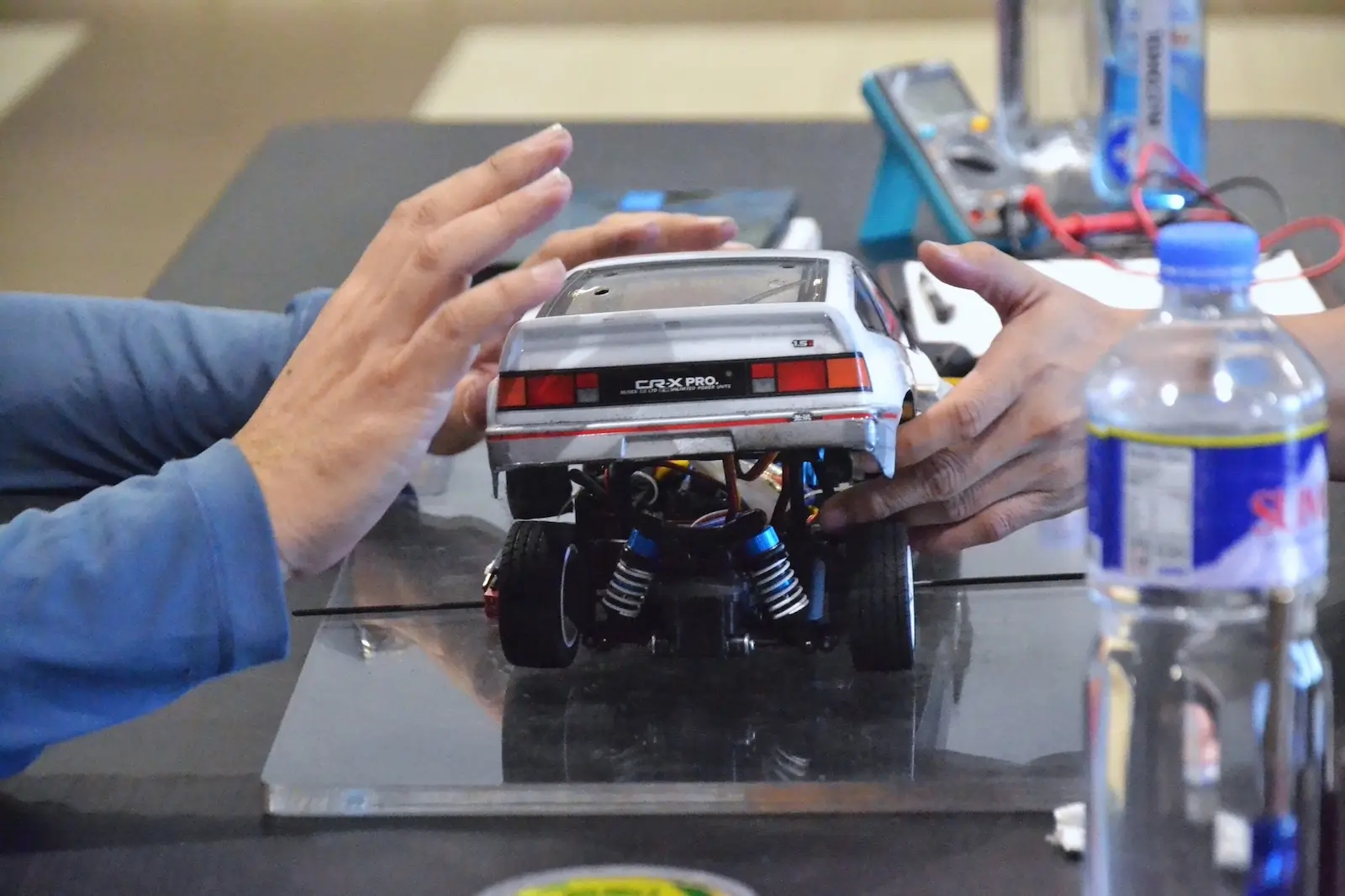
Over the years, hobby groups across the Philippines have held races, both informal and competitive, that gather Tamiya enthusiasts to race their models on large, plastic tracks. The Brickyard owner Freddie Kahn, who himself has been a fan since his father bought him his first kit as a child, regularly hosts races that serve as qualifiers to select Philippine representatives for international competitions like the Tamiya Asia Cup. More recently, Kahn organized the 2025 Mini 4WD Philippine Cup, one of the country’s largest Tamiya events that drew hundreds of racers from across Manila, Laguna, Quezon, Nueva Ecija, and Cebu.
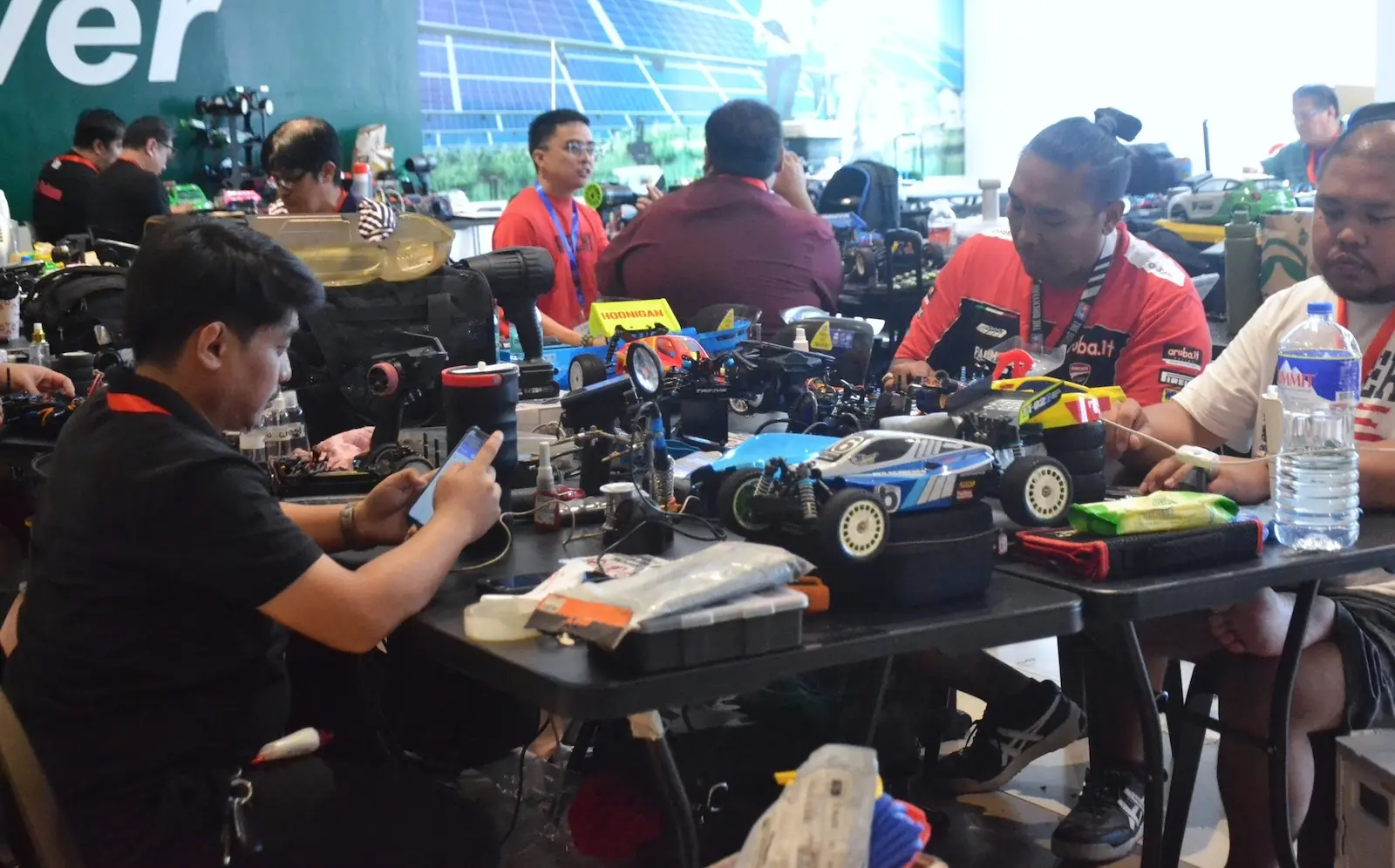
“You can see that it’s still alive,” said Kahn in an interview with ABS-CBN when asked about the popularity surrounding Tamiya cars. “You have people that are seniors, my age, and then the much younger ones, even kids. So it really goes through all generations. There is an appeal.”
Though the hobby’s golden age may have been in the ‘90s, it lives on today, kept alive by a thriving community of racers, collectors, and nostalgic adults now sharing the experience with a new generation.
Tamiya stood firm at the helm from 1978 up until 2024, when his granddaughter’s husband, Nobuo, took over as company president. With Tamiya’s passing, he leaves behind a legacy of childhood nostalgia, beloved toys, and a permanent sense of creativity and wonder.
